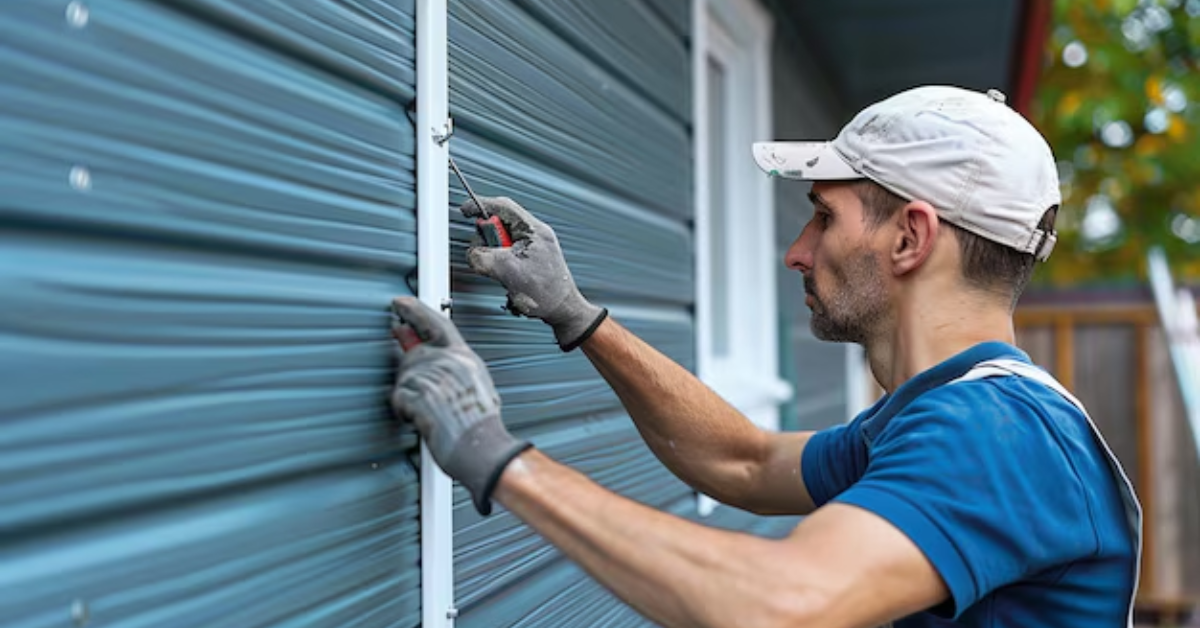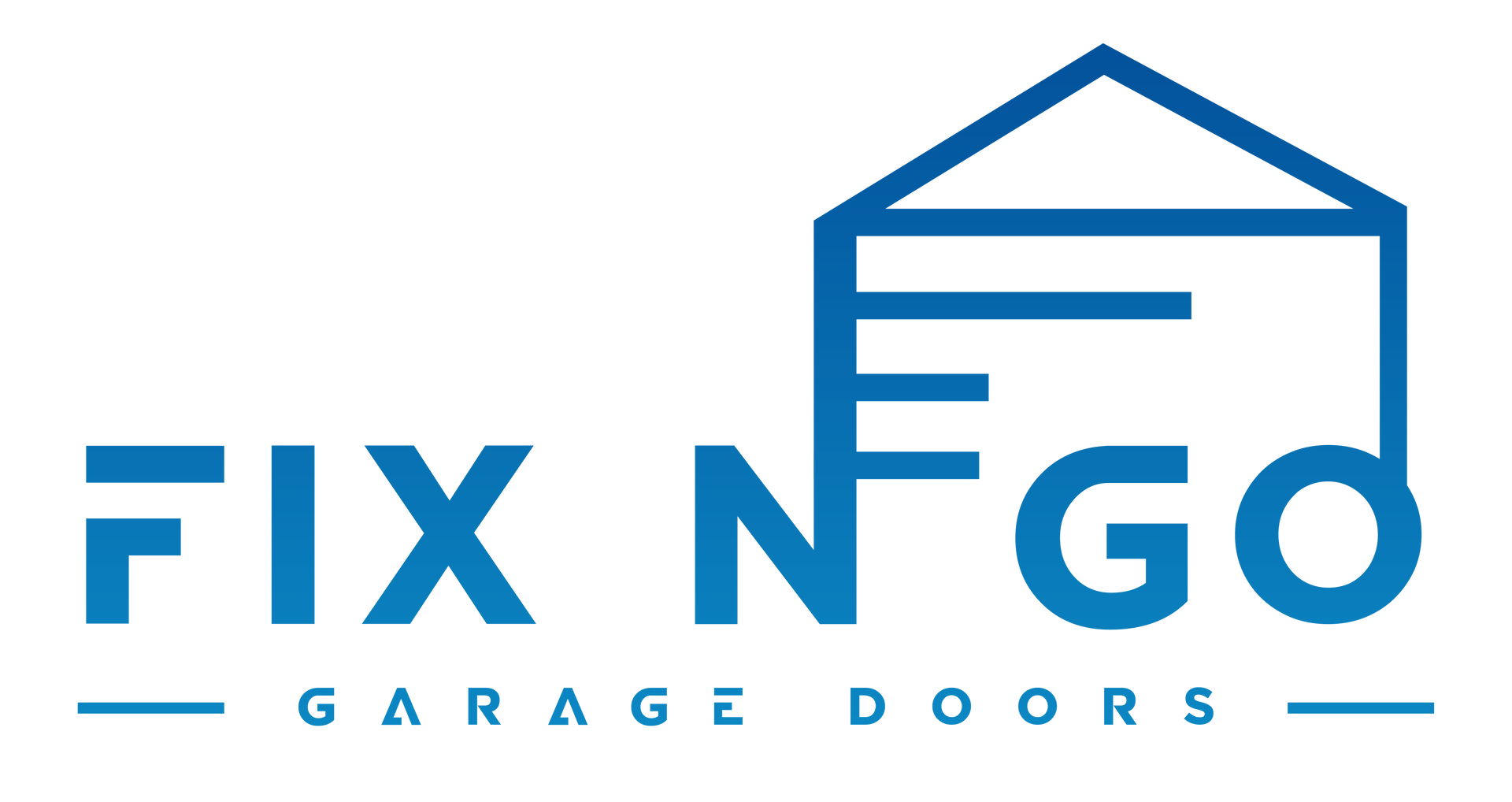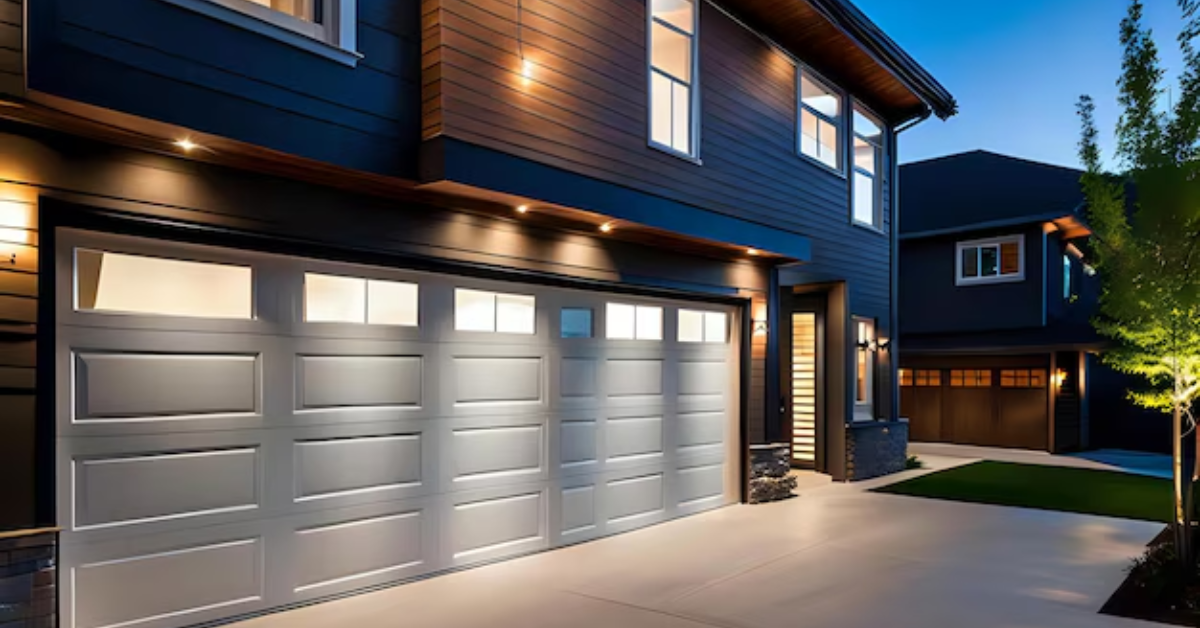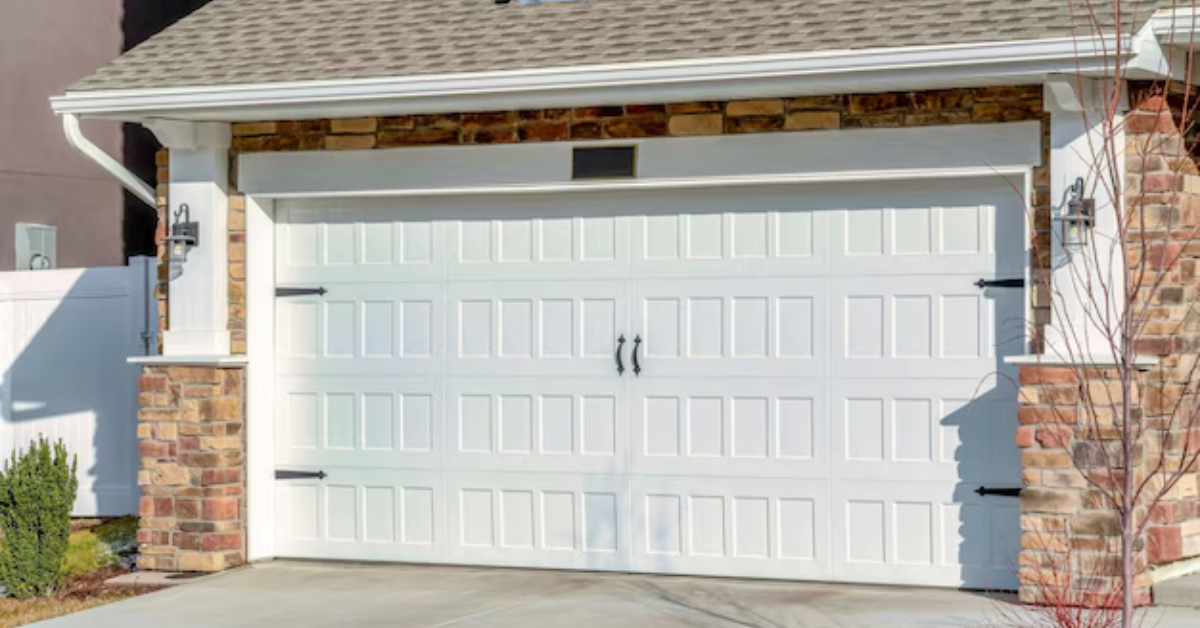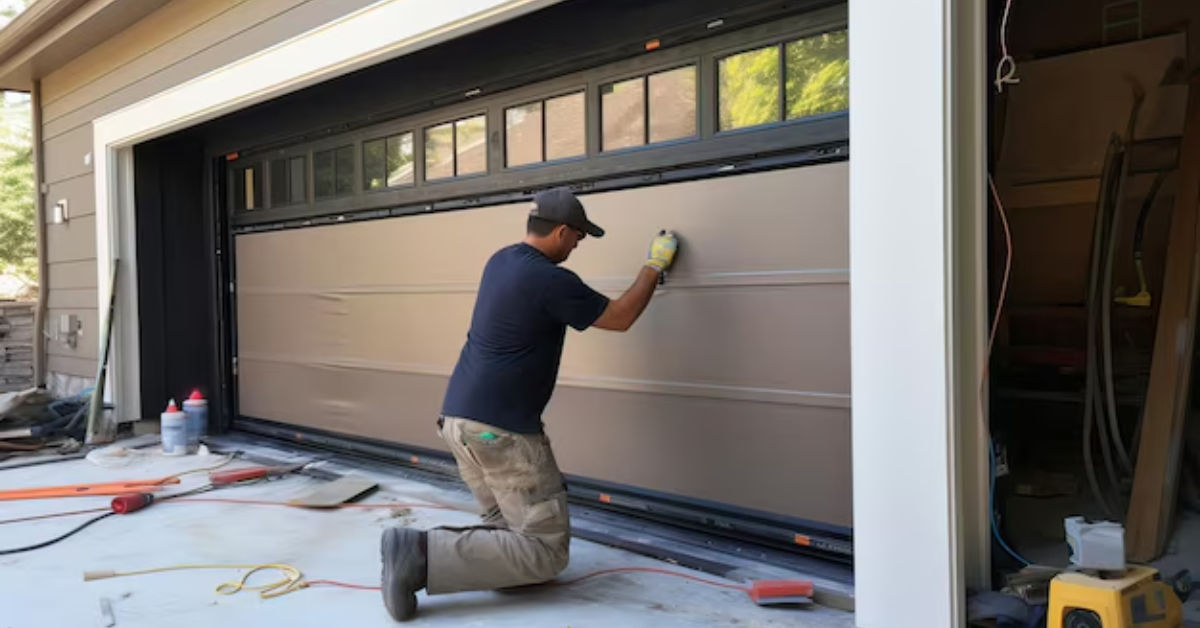What’s Included in Annual Garage Door Maintenance?
Annual garage door maintenance is an essential task that ensures your door functions safely, smoothly, and efficiently all year long. Just like your HVAC system or car requires routine care, your garage door also needs attention to prevent sudden breakdowns and costly repairs. Ignoring small issues can lead to bigger problems, such as misaligned tracks, broken springs, or noisy operations. This is why homeowners and property managers are encouraged to schedule yearly inspections and tune-ups.
In this article, we’ll explore exactly what’s included in annual garage door maintenance, why it matters, and how it contributes to the long-term performance and safety of your garage door system.
Why Annual Garage Door Maintenance Is Important
Your garage door is one of the largest and most used moving components of your home. With daily usage, it undergoes wear and tear, making it vulnerable to issues like unbalanced movement, frayed cables, and malfunctioning openers. Annual maintenance not only increases the lifespan of your door but also ensures:
- Enhanced
safety for your family and pets
- Smooth and quiet operation of the door
- Prevention of unexpected failures or emergency repairs
- Protection of your investment, avoiding expensive part replacements
More importantly, regular garage door tune-ups are essential if your garage connects to your home, as a malfunctioning door could become a security risk or a cause of energy inefficiency.
What’s Typically Included in Annual Garage Door Maintenance?
A professional garage door technician typically follows a comprehensive checklist during annual maintenance. Here’s a breakdown of what you can expect during this service:
1. Visual Inspection of All Components
The process begins with a thorough visual inspection of the door system. The technician looks for any visible signs of wear, damage, rust, or misalignment. This includes:
- Springs
- Cables
- Hinges
- Rollers
- Tracks
- Mounting brackets
- Weather seals
Frayed cables, rusted torsion springs, or bent tracks can go unnoticed until they lead to more significant issues. Annual inspections catch these problems early on.
2. Testing Door Balance and Alignment
Over time, your garage door can become unbalanced. An unbalanced door puts extra strain on the opener and can cause it to wear out faster. Technicians will:
- Disconnect the opener
- Manually open the door halfway
- Observe if it stays in place or falls
If the door doesn’t hold its position, it likely needs spring adjustment. Aligning the tracks may also be necessary if the door appears to shift to one side.
3. Lubrication of Moving Parts
One of the simplest yet most effective parts of annual garage door service is lubricating the moving components. Proper lubrication:
- Reduces friction and noise
- Extends the life of parts like rollers, hinges, and springs
- Improves overall performance
A silicone-based lubricant or white lithium grease is typically used, never WD-40, which can attract dust and degrade components over time.
4. Tightening Loose Hardware
Garage doors go through hundreds of open and close cycles each year. This causes nuts, bolts, and brackets to gradually loosen. During a maintenance visit, the technician will tighten:
- Track bolts
- Bracket screws
- Hinge bolts
Even slightly loose hardware can compromise the safety and operation of the door. Keeping everything secure ensures your garage door functions reliably.
5. Inspection of Garage Door Opener
The garage door opener is essentially the brain of your entire system. Technicians will inspect:
- The motor’s performance
- Safety sensor alignment
- Auto-reverse mechanism
- Remote functionality
- Control panel response
They’ll also adjust the opener’s travel limits and force settings, ensuring the door closes fully and safely without being too forceful.
6. Weather Seal Evaluation
The weather seal (also called a bottom seal or gasket) at the base of the garage door helps keep out moisture, dirt, and pests. If it’s cracked, brittle, or missing, it should be replaced. In colder climates, weather seals are critical for insulation and energy efficiency. Annual maintenance includes checking and, if necessary, replacing the seals.
7. Roller and Hinge Check
Rollers guide your garage door smoothly along the tracks. If they become worn or cracked, they can cause noisy operation and even derailment. Similarly, hinges support the panels and help them fold properly. Maintenance includes:
- Checking for worn-out rollers
- Ensuring hinges are not bent or broken
- Replacing damaged parts as needed
This is key to a quiet and smooth garage door experience.
8. Spring Tension Testing
Garage door springs (torsion or extension) do the heavy lifting. A broken spring can make your garage door inoperable. During maintenance, technicians will assess the tension and condition of the springs. They will look for:
- Rust or corrosion
- Gaps in the coils
- Uneven stretching
Since springs are under high tension, only trained professionals should adjust or replace them.
How Long Does Annual Garage Door Maintenance Take?
Most annual garage door maintenance services take between 45 minutes to 1.5 hours, depending on the condition of your system. If any major parts require replacement, the technician may recommend a follow-up visit.
Should You Do It Yourself or Hire a Pro?
While some basic garage door maintenance tasks—like lubricating parts or cleaning tracks—can be done by homeowners, a full inspection should be handled by professionals. Trained technicians have the tools, safety equipment, and experience to:
- Identify hidden issues
- Safely test and adjust high-tension springs
- Tune your opener and sensors accurately
DIY maintenance is great for minor upkeep, but scheduling professional service once a year offers peace of mind and ensures nothing is overlooked.
Final Thoughts
Annual garage door maintenance is not just a checklist—it’s a long-term investment in the safety, reliability, and longevity of your garage system. By proactively addressing wear and tear, lubrication, balance, and alignment, you’ll minimize unexpected failures and improve everyday performance. Whether you use your garage as a storage space or a primary entrance, keeping the door in top shape pays off in the long run.
If you haven’t had your garage door serviced in the last year, now is the perfect time to schedule an appointment with a trusted professional. A little attention today can prevent big headaches tomorrow.
